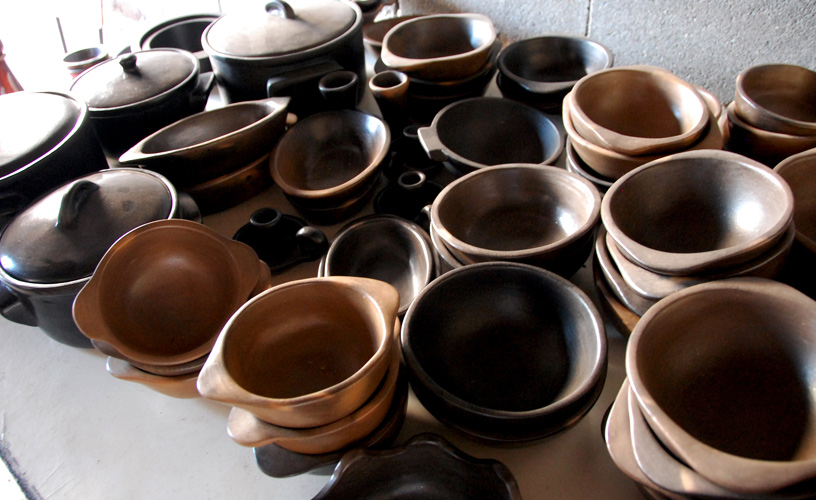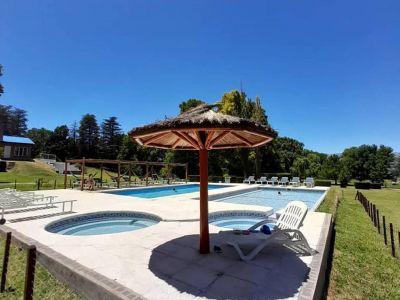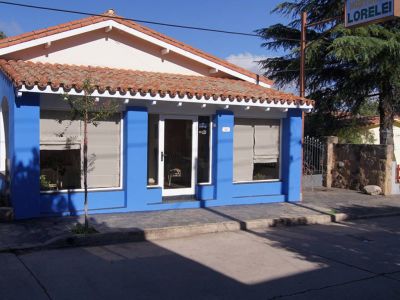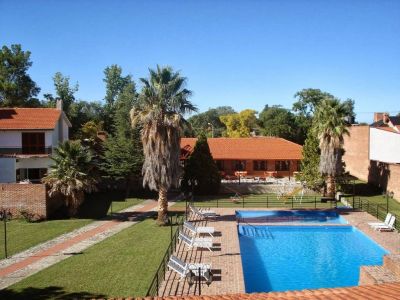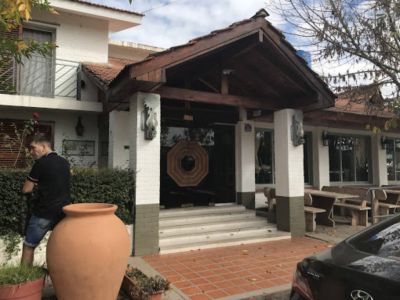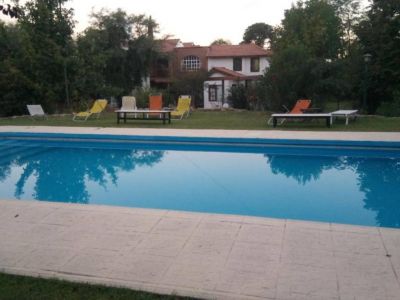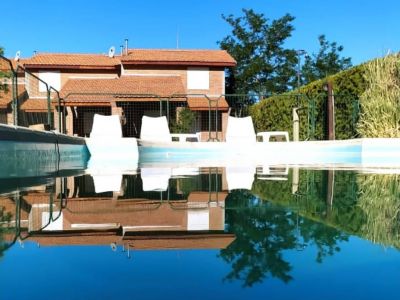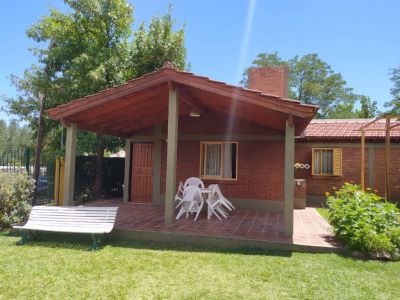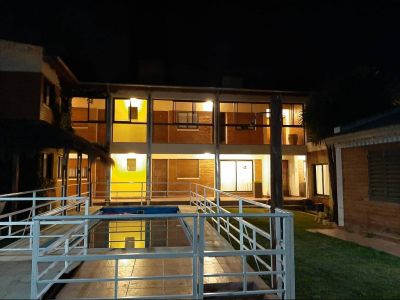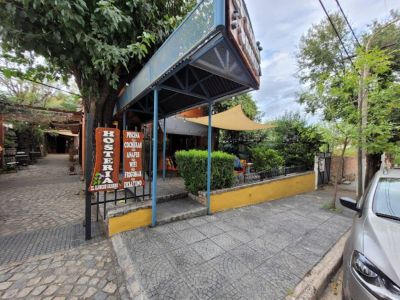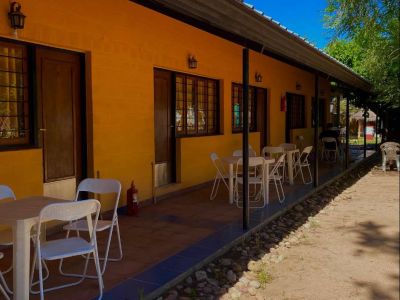The Craftsmen’s Road
These craftsmen do not run a business on the shopping avenue, but on the dirt backyards of their houses, where the family gathers and finishes their crafts.
In Mina Clavero we can tour a true Craftsmen’s Road just a few kilometers away from the city. We love crafts, so we decided to go and have a look. We call craftsmen to those people who in the past were simple manufacturers of tools for everyday life. Those, who chose to live a simple life, used to take available materials and develop their craft techniques. For centuries, they observed the Earth, the vegetation and their own animals and took the necessary raw materials from them to create such tools. Nowadays, a new concept about the roots of several communities has been brought about. Thus, they are trying to regain family stories and valuable techniques passed on by potters or weaver grandmas in the area. We travelled to Villa Benegas. Amid hills with low vegetation, rocks with capricious drawings, goats and kids are families devoted to create clay pottery art.
The Cuello family welcomed us at the entrance door of their house, where we could see a great number of vessels, pans, trays and cups made of the classic black clay ceramic displayed on a wooden table. They have been always potters and lived from generation to generation in the same place. We asked about the process and we learned that clay pieces are molded by hand or on a potter’s wheel. The drying and firing process give the finish to pottery and the black color is due to the shavings produced during firing. “Can we use pottery immediately after firing?” “No, they require a surface treatment.” Not only did we take some pieces home, but also some secrets about how to handle them at the time of cooking and to avoid breaking them. Along our journey, we met other families like the Aguirres or Lopezes, with whom we learned more about varied techniques and that they also prepare medicinal herbs. In town, we met a master potter, Daniel Vizzoni, who showed us how to shape a piece of pottery from a piece of clay. His feet moved the set of wooden pedals which kept the work table rotating. Little by little the piece of clay changed into a new figure as Daniel’s fingers made it slim and shaped it. With pressure and precise direction, his expert hands accomplished the work of art with his fingerprint and soul. From black or red clay, potters can create rough, glazed pottery or pieces painted with clay slips, depending on the process chosen. The long process goes on with a drying and a later firing stage along with some elements which give the final color. However, we had neither seen nor watched everything yet. We met María Inés Papy, a loom weaver who, even though she was born in this area, has devoted the last 30 years of her life to researching and practicing techniques passed onto her by her ancestors. We had the idea that she was the voice of the so-called “tejenderos” in Traslasierra, who have strived to make a high quality work. However, they are quite reserved and do not talk about the crafts they make for a living, because perhaps they consider their art as usual among the women of the house and an ancient shame survives. The term “tejenderos” (the misspelled word for “tejedores”, which stands for weavers in Spanish) is a regionalism and a deformation of language due to usage and customs. They spin the fleece of their sheep themselves with the spindle and tint it with natural dyes made from plants of the hills. To avoid their devastation, they use only their leaves, stems and barks. The shades of colors are countless, since ashes and oxides are also added to them. María Inés told us: “When there was another cosmopolitan vision of the world and the knitting items were spun to make them last forever, the Andean loom was used. Warp did not break and four consecutive hems were made. In the past, weaving was necessary to protect their bodies”. “Later on, the Spanish loom and, afterwards, the criollo loom (a mixture of both) were used and weavers put into practice the techniques passed on by the elderly. Nowadays, they have valued the teachings of older people and the passion for this work remains”. Today, names such as Mrs. Delia, Mrs. Elba, Mrs. Carmencita and Mrs. Arminda are used in reference to master weavers in the area. Mina Clavero also has unveiling secrets to discover: craftsmen in woodwork, basketwork and an array of flavors from dried fruits, honey to handmade beer. María Inés left us a nice phrase which may be applied to any craft technique: “During the magic moment of weaving, may our hands and hearts blend in a dance for life”.
Mónica Pons
Eduardo Epifanio



